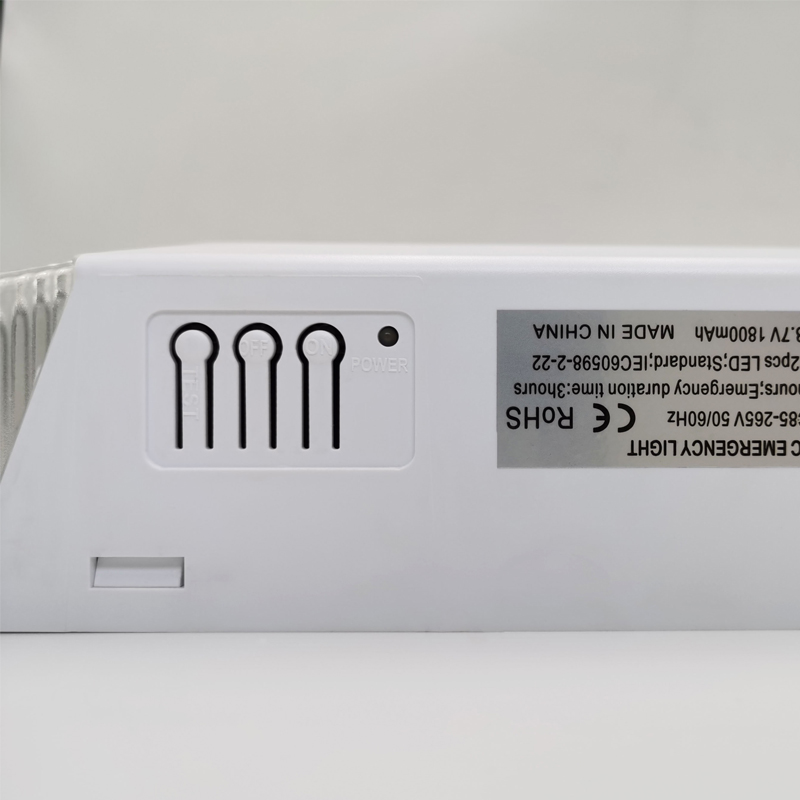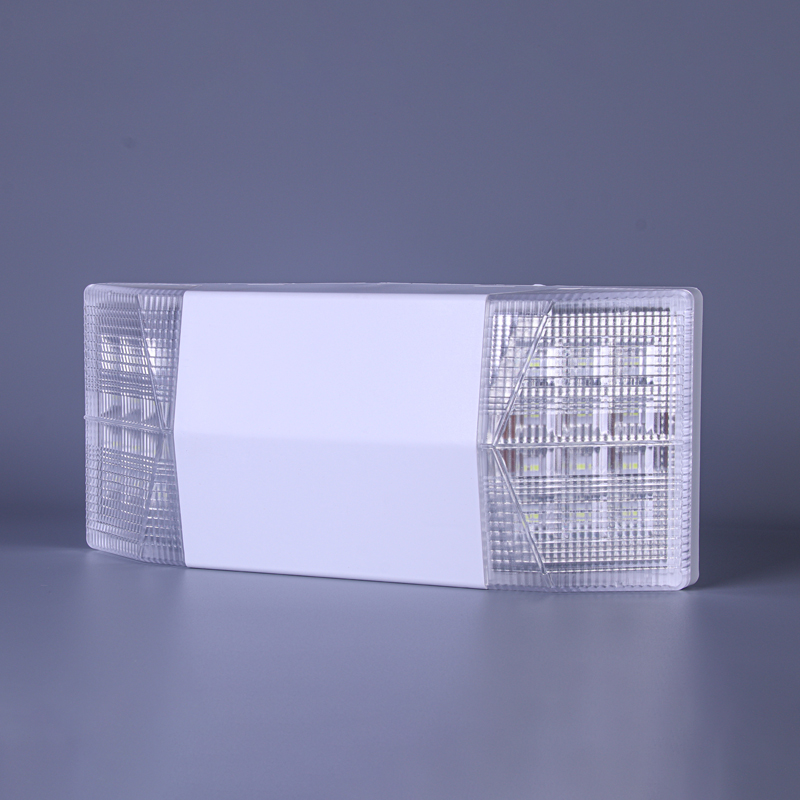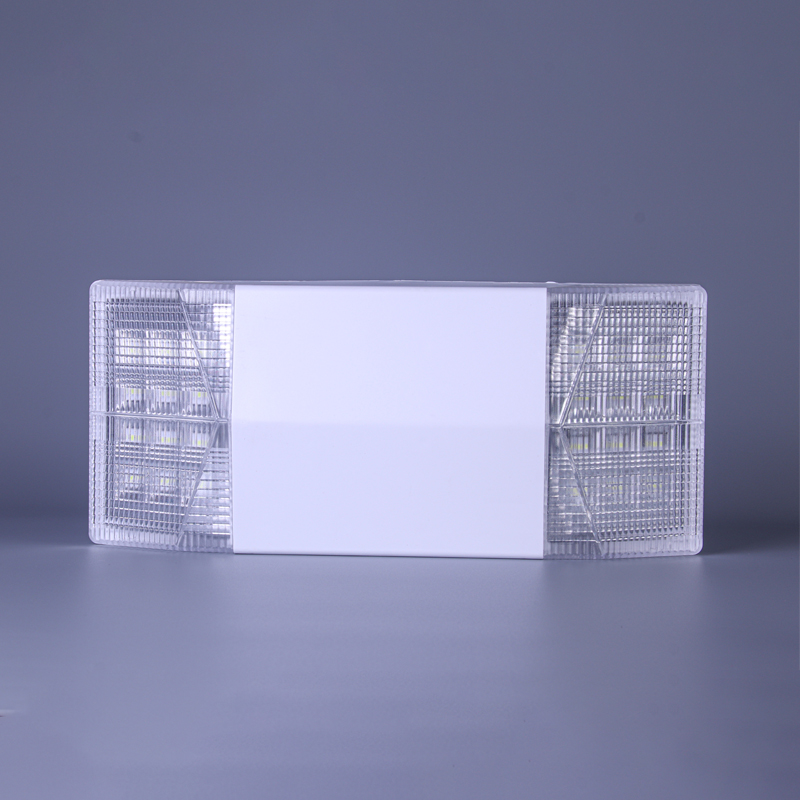
Requirements for the place of installation of emergency lighting and the procedure for conducting daily inspection and maintenance.
2024-08-11
In emergency situations, such as fires, emergency lights serve as important equipment indicating evacuation. The choice and maintenance of the place of installation is directly related to the safety and efficiency of personnel evacuation. This article will present the requirements for the installation site of fire emergency lamps, as well as methods for performing daily inspection and maintenance, to guarantee that they can function properly in critical moments.
Requirements for the installation site of fire emergency lamps:
1. Establishing and easily visible: firefighted emergency lights should be installed in prominent places in evacuation passages, on stairwells, in living rooms, on the shelter floors and in other places where people are densely populated or prone to fires. These places should ensure the possibility of rapid detection even in conditions of smoke or darkness and provide the possibility of safe personnel evacuation.
2. Littleness and distance. The height of the installation should usually be determined in accordance with the specific conditions of the place of use, but usually it should not be lower than 2.2 meters above the ground in order to avoid blocking with low obstacles. At the same time, the distance between the lamps should also be reasonably organized to ensure sufficient lighting along the entire evacuation path.
3. Explosions: when installing, make sure that emergency lanterns are not blocked by other objects (for example, jewelry, advertising shields, etc.) so as not to influence their light effect and visibility.
4. Adaptability to the environment: in accordance with the features of the use of use (for example, humidity, high temperature, dust, etc.), select emergency lighting with the corresponding level of protection (for example, the IP level) and make sure that it can work normally. In harsh conditions.
5. Spend the specifications. In the process of installation, it is necessary to strictly observe the relevant national rules and standards of fire protection in order to ensure that the quality of the installation and safety indicators meet the requirements.
Planned inspection and maintenance of firefighted emergency lamps:
1. The verification of appearance: regularly check if the appearance of fire lanterns is damaged and whether there are any damage, deformations or stains. If deviations are detected in a timely manner, clean or replace damaged parts.
2. Functional check: by pressing the test button or simulating the power outage, check if emergency lighting can automatically switch to emergency lighting and continue to provide sufficient brightness of the lighting. At the same time, check whether the lamp charging indicator is working correctly to make sure that the battery charge is enough.
3. The service of the battery. For firefighted emergency lanterns with your own power source, the battery power should be regularly checked, as well as the characteristics of charging and discharge. If the battery is outdated or insufficient, replace it with a new one. In addition, caution should be observed to avoid excessive charging or excessive battery discharge to extend its service life.
4. Opening and maintenance: regularly clean the lampshade and emergency lighting body from dust and dirt to maintain good light permeability and aesthetics. At the same time, you should also pay attention to the purification of garbage and obstacles around the lamps to ensure the unhindered evacuation channels.
5. Records and reports: create a system for accounting for checks and maintenance of fire emergency lamps and record in detail the time, content, results and measures taken in each audit. The discovered problems and hidden dangers should be reported to the authorities in a timely manner and take measures to eliminate them.
6. Learning and teaching: Conduct regular training and maintenance of emergency lighting for the appropriate personnel to improve its understanding and skills in working with emergency lighting. At the same time, exercises for evacuation are carried out in a fire taking into account real conditions, the actual effect of fire emergency fires is checked, and emergency evacuation plans are constantly being improved.
Summing up, we can say that the choice of installation site, as well as daily inspection and maintenance of emergency lamps are important links that ensure their normal operation and effective functioning. Only installation and maintenance work, performed in strict accordance with the technical conditions, can ensure the maximum efficiency of fire emergency lamps in critical moments and give a reliable guarantee of staff evacuation.












